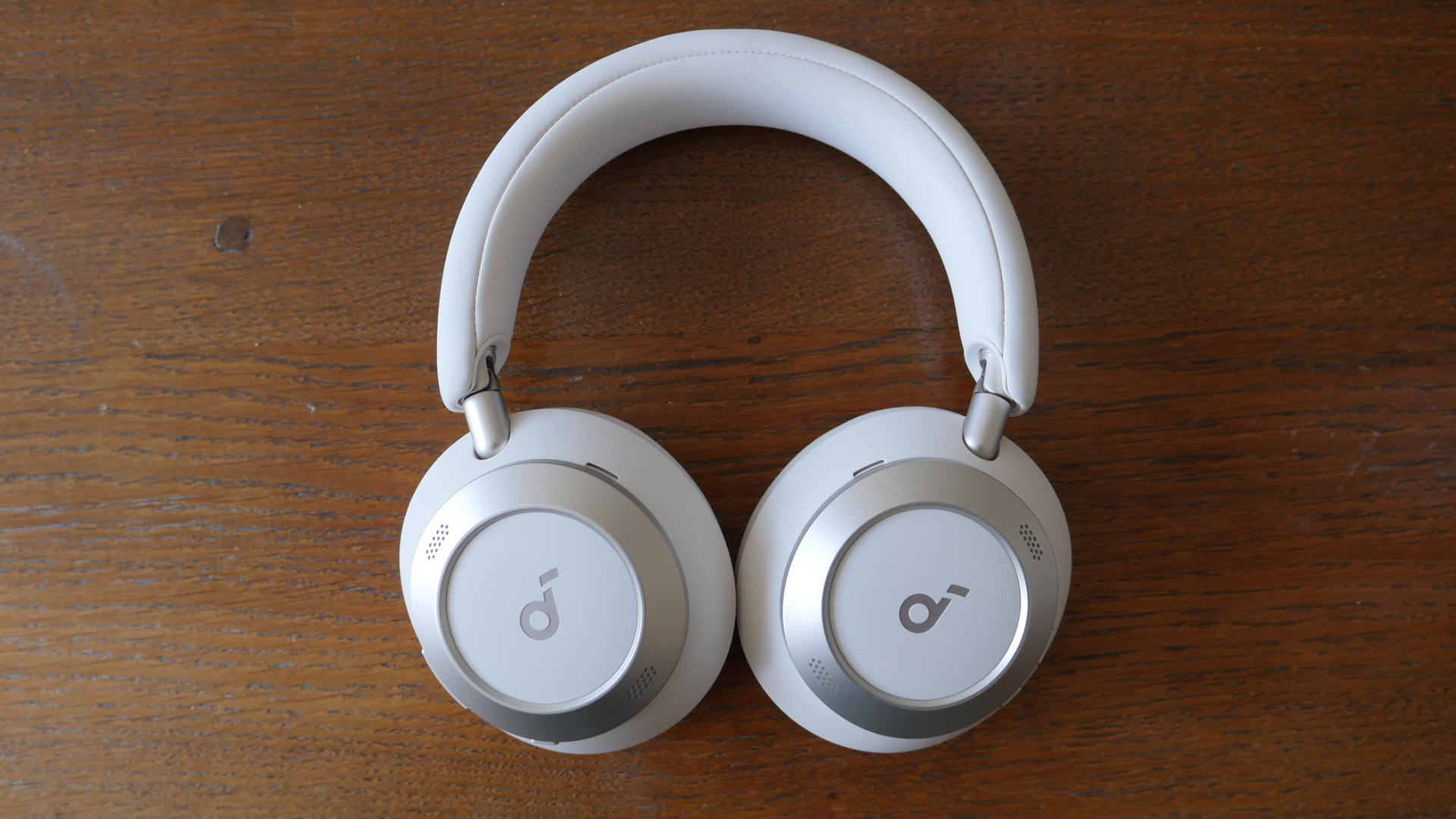
Anker has made a huge business out of its super-affordable Soundcore lineup – speakers, earbuds and headphones that undercut mainstream options' prices not just by a few percentage points, but sometimes by massive margins.
Like so many other manufacturers making affordable devices, though, it's also seen the allure of pushing prices up a little, for those happy to pay – and is starting to flesh out its offering with more premium options.
Case in point: the new Soundcore Space One Pro headphones, on review here, which are the most expensive ever produced under Soundcore's name. Having used them for a few weeks can they justify their price tag and be considered among the best headphones?
Anker Soundcore Space One Pro: Price & Availability
Anker might be going more expensive than its usual, but that doesn't mean things are truly premium in price here. Rather, the Space One Pro comes in at £149.99 / $199.99 / €199.99, and they've been available since early September.
That price is marginally more than the original Space One, which arrived last year, but still makes for a distinctly mid-range price, albeit for headphones that are aiming to compete with more expensive options.
Anker Soundcore Space One Pro review: What's New?
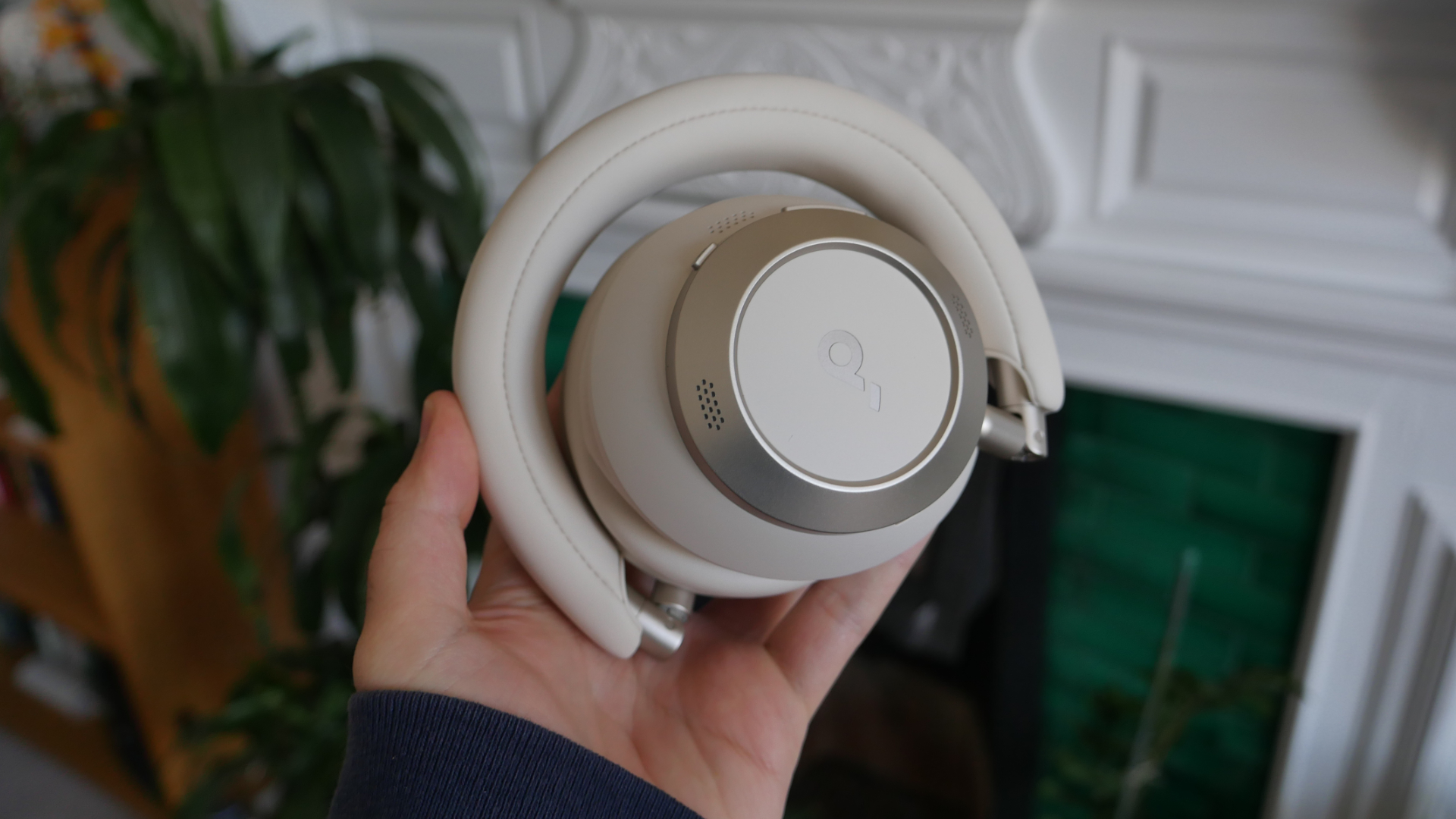
When it comes to point out differences between the older Space One and these new Space One Pro headphones, you might be forgiven for needing a magnifying glass.
There are some tweaks to the design, including a folding mechanism that lets them get even smaller for storage. You'll have to pay extra to get the open-sided carrying case that we were provided with for review, though, as it isn't included.
On the technical side, however, things aren't drastically different on the surface of things, but there are improvements. There are now more microphones for both calling and better active noise-cancelling (ANC), plus a bump to sound quality. Still, the price jump is interesting given that relatively slim list of upgrades.
Anker Soundcore Space One Pro review: Design & Features
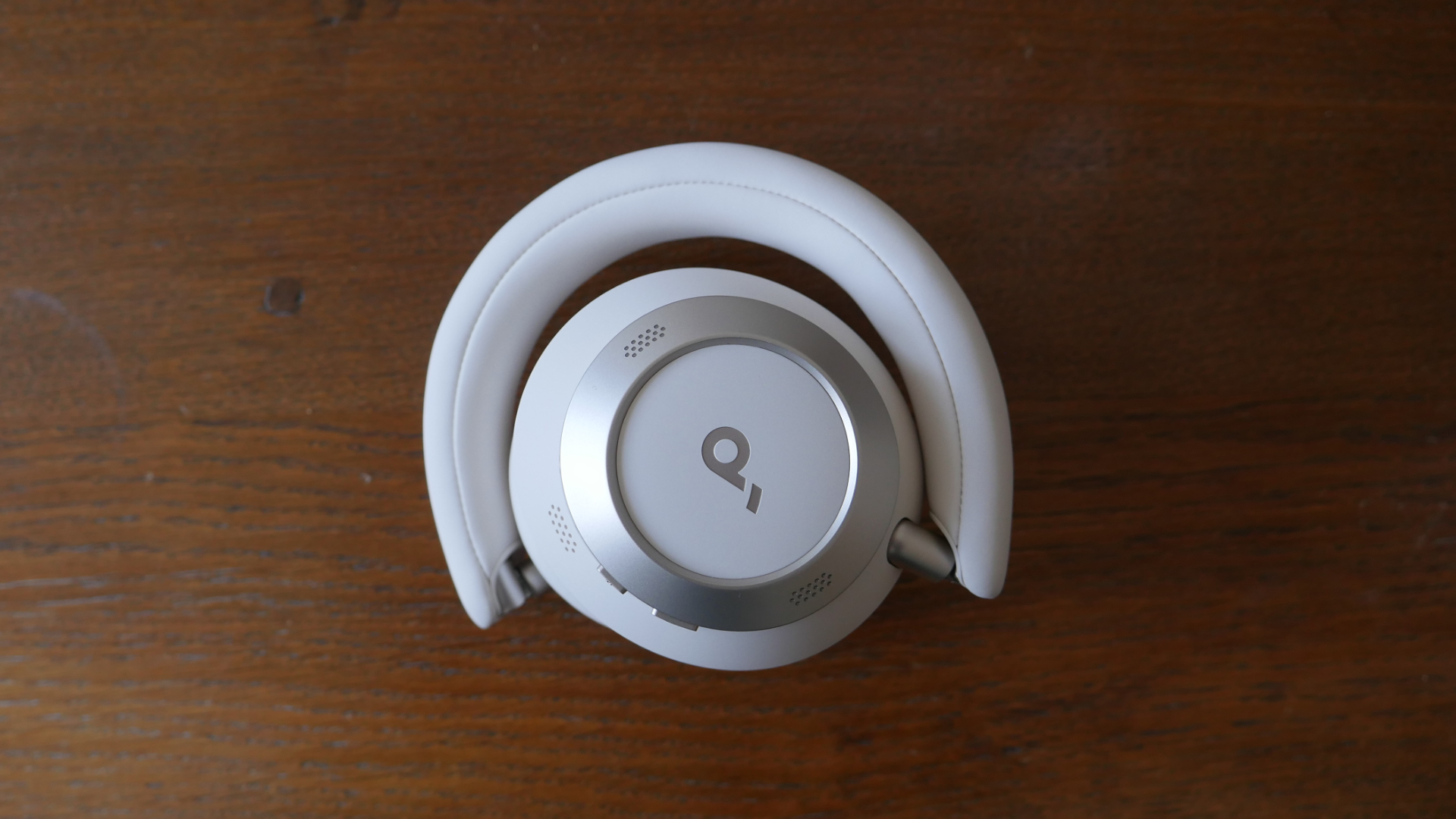
The Soundcore Space One Pro might look like its predecessor at first glance, but we do think it's a nicer pair of headphones in design terms, bearing the fruits of a year of tweaks. They're still available in the attractive cream colour we've been testing, as well as a black option.
Speaking of tweaks, the design of its earcups has become a little smoother and less divided into rings or layers – it's now pleasingly coherent (if a little less unique). The headband remains almost exactly the same, though, without that being an issue; it's still plush and cushioned.
Those earcups themselves are very lightweight, thanks to an almost entirely plastic construction which means the headphones are superlight. This translates directly into an extremely comfortable experience on the head – we've happily worn them for hours without any aching or strain, and they're among the most comfortable over-ears we've ever tried.
Extending the headband is really easy and smooth, making the right fit a simple thing to engineer, and there are useful on-earcup buttons for controlling your audio. These include a play/pause option, volume keys, a toggle for ANC, and a power button – and all of these are much preferable to touch controls in our view. That said, the buttons are a little plasticky and flimsy.
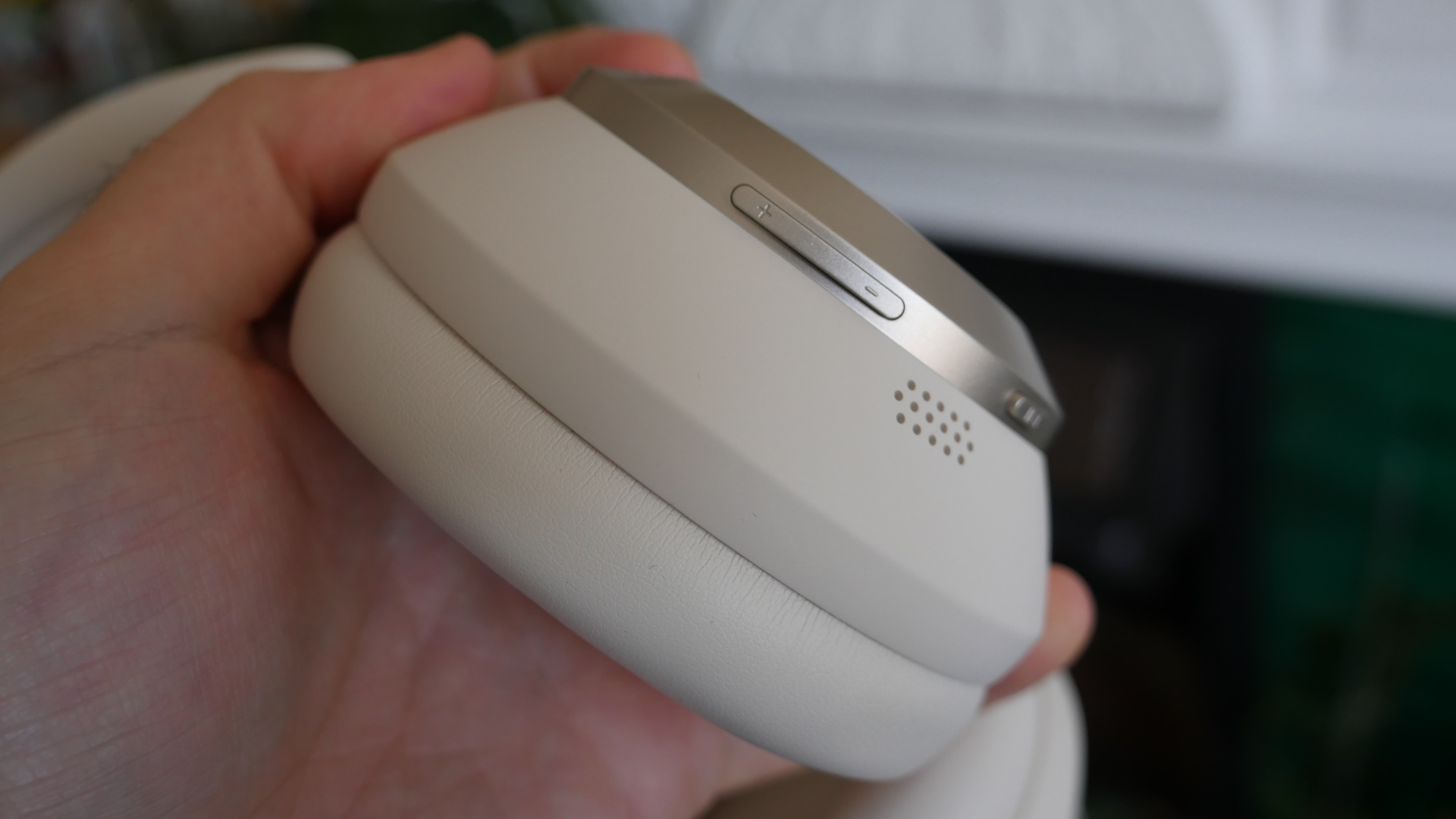
The lack of a carrying case in the box is a shame, too, with an extra £29.99 / $34.99 / €34.99 required if you want to buy one from Anker – given the price bump from the last generation, this would have been a nice extra to throw in.
On the subject of storage, though, these headphones fold down excellently, with easy-to-use hinges that let you collapse them into an almost ball-like shape that is perfect for sticking in a bag or that case.
Features-wise, Anker has jammed a decent amount into the Space One Pro, much of which can be explored once you install the Soundcore app and connect things up. You'll get EQ control, which is a must for some people, plus the ability to tweak settings like head detection and Easy Chat (which detects conversation and lowers your audio volume automatically).
These do work pretty well, although in Easy Chat's case we would still generally default to just taking our headphones off to talk to someone (that's just us). You'll also be able to limit volumes for safety reasons, and there's a neat little set of questions you can work through to assign a custom sound signature that suits you if doing it all manually seems like a faff.
Battery life is rated at 40 hours with ANC turned on, or 60 hours with it disabled (the only difference from the Space One being an extra five hours of battery without ANC). That held up in our testing and again stands as a supremely impressive marker compared to some pricier options that don't come close to the same levels of longevity.
Anker Soundcore Space One Pro review: Sound & Performance
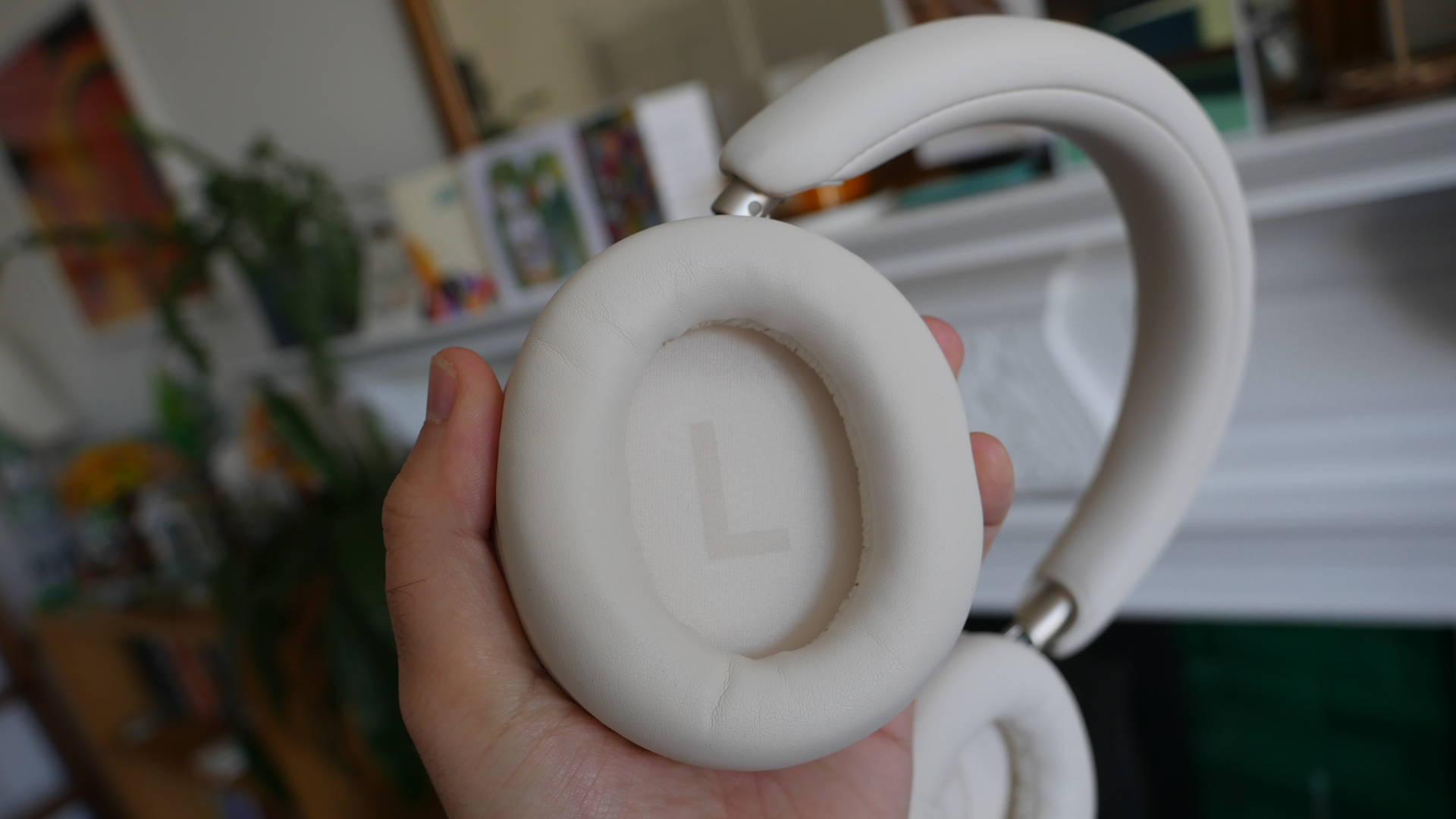
Anker Soundcore's reputation is built entirely on the premise that you can get sound quality that would fool an audiophile into thinking you paid much more than you did for your device – and that's quite a tough bar to clear once you're charging triple figures for some headphones.
Without being able to rely on incredibly low pricing, the Soundcore Space One Pro really need to excel. That's not quite the word we'd use after listening to hours of music through them though. That's not to say that they're not great – they're just not outstanding.
Chucking on some Chappell Roan to sample the biggest up-and-comer of the day, the Space One Pro does really well with her piercing vocals and interesting arrangements, and heading to Jungle's last album also yields some impressive warmth.
Where things aren't quite so top-class, though, is where detail is concerned, and that can make for a minor but noticeable muddiness in busier tracks. This is arguably nit-picking since we'd certainly agree that for their price the audio on offer here is extremely solid, but if you're searching for a crazy bargain then you might be disappointed.
Where ANC is concerned, things are again impressive without being outstanding – you'll get decent dampening in loud environments, just not to Bose QuietComfort Ultra levels. We used them on a few long-distance journeys and the way they quietened things down was fine, similar in ability to the Cambridge Melomania P100.
That dampening paired really well with how comfortable these cans are, so if you're looking for the best travel headphones yet don't want to spend a fortune, then Anker's offering could be an ideal pick for travellers.
We also found connectivity to be rock solid in most situations, with good Bluetooth range, and pairing was fast and reliable without any glitches or hitches.
Verdict
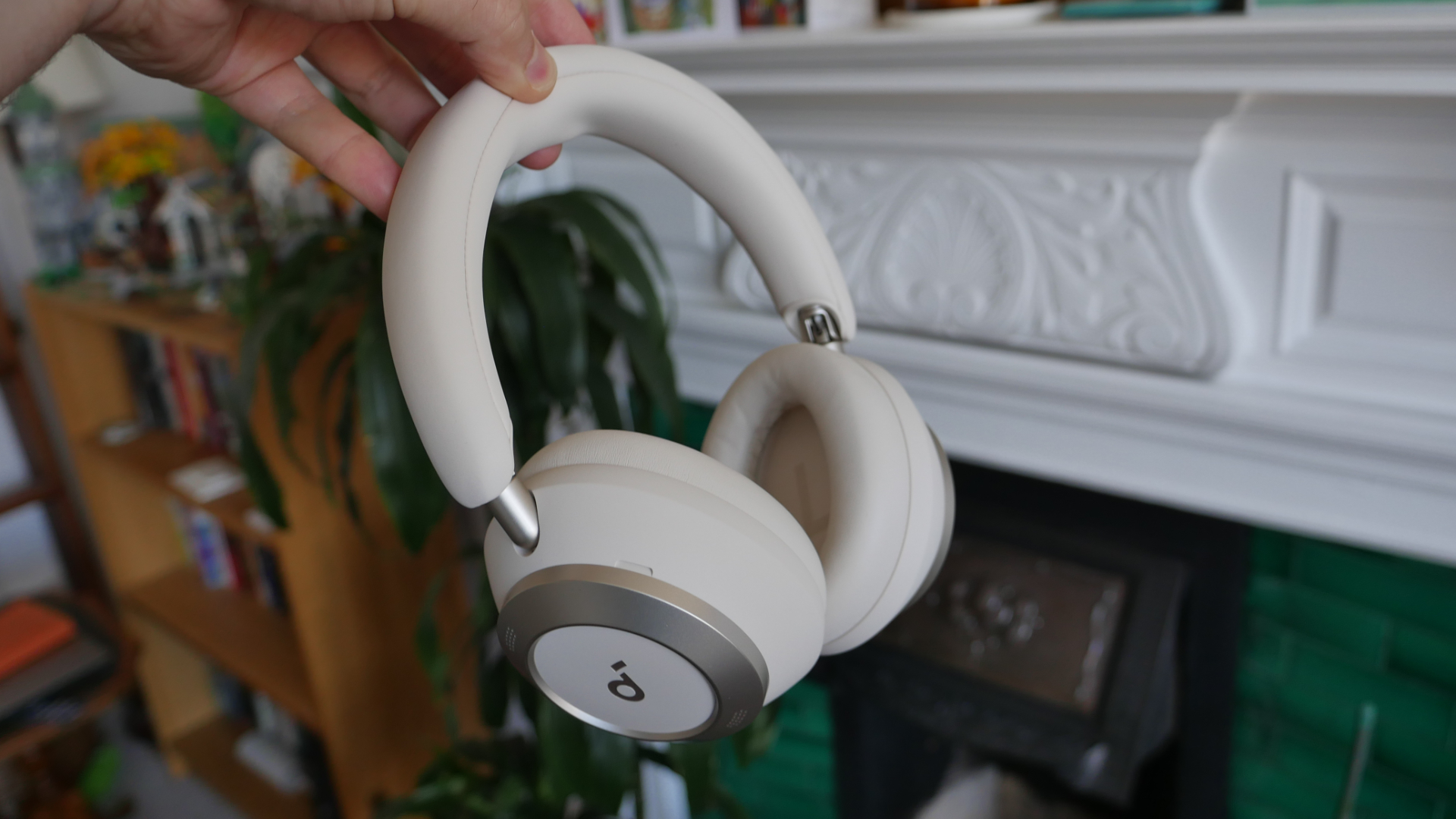
When we reviewed the original Space One headphones last year, the low price made it very hard to nitpick their flaws, but a price rise into the triple-figure arena for the Pro model has changed things a little. These are still great headphones, and for the money we wouldn't hesitate to vouch for them for a second, just to be clear.
However, they're not the total steal that the first generation offered, and with a lot more competition in this price bracket there are others that make similarly compelling cases. If you're a Souncore loyalist you'll doubtless love the Space One Pro, and they're still very solid value, but keeping an eye out for deals on more expensive competitors might be a valid alternative option. And it's a shame the case isn't included too.
Also consider
For just a little more cash you could pick up the recent Cambridge Audio Melomania P100. Their sound quality is a little superior, in our view, and they feel a lot more premium, successfully aping the experience of truly flagship headphones (plus they come with a proper case).
For a super neutral sound signature and solid ANC at a comparable price (which sounds funny when we're talking about Soundcore), Sennheiser's Accentum Wireless headphones are also a top alternative to check out.







